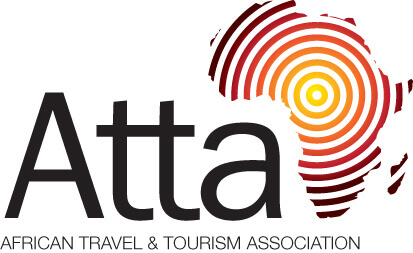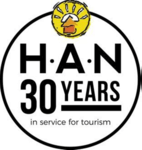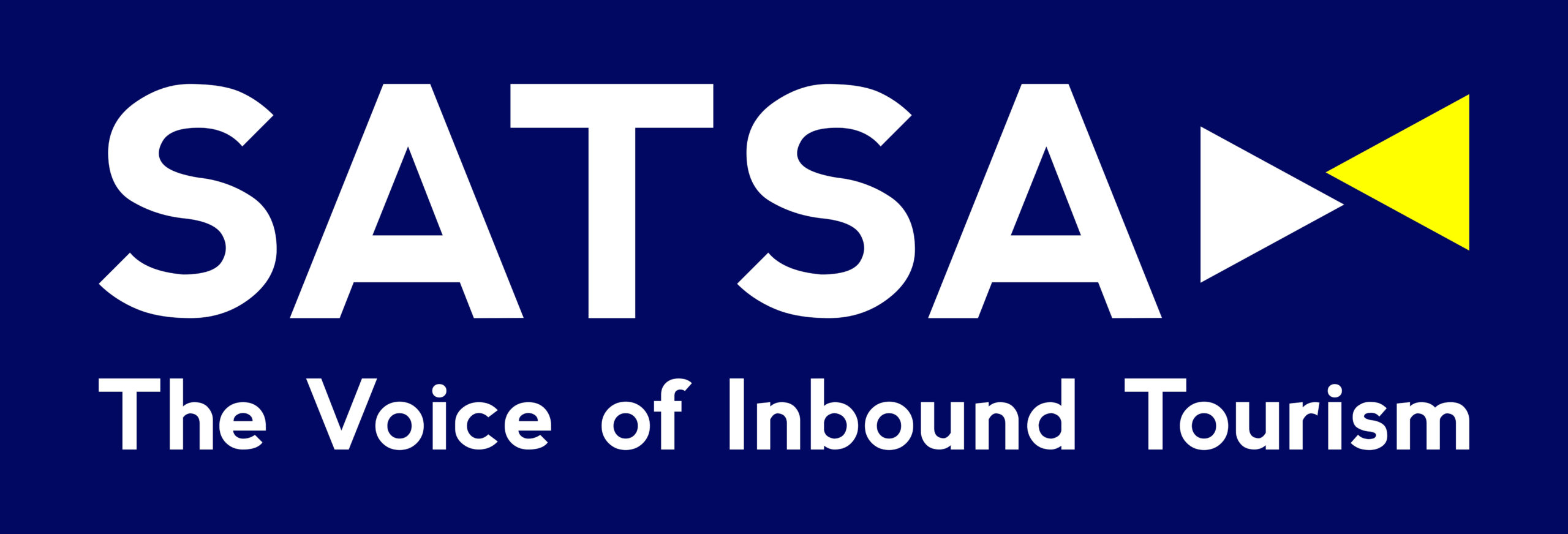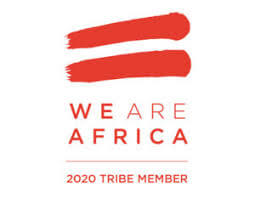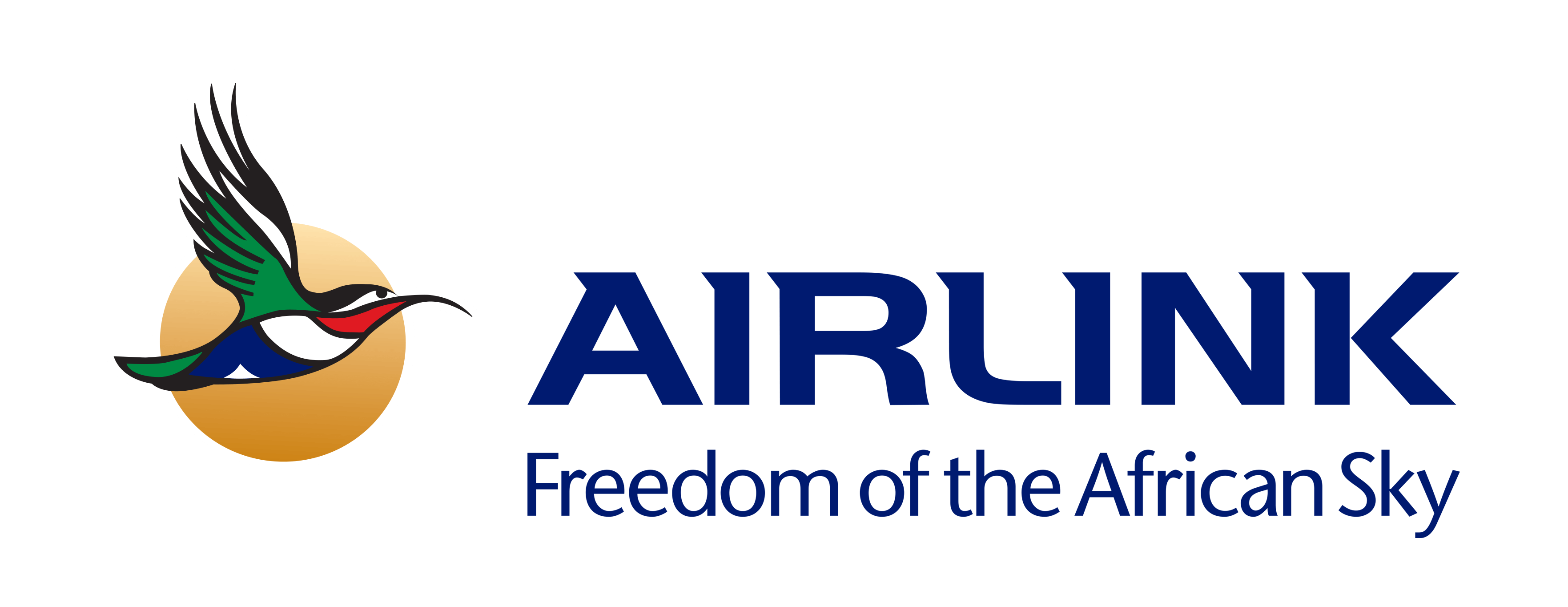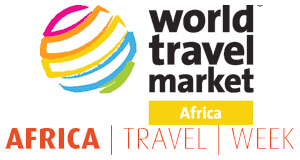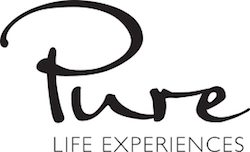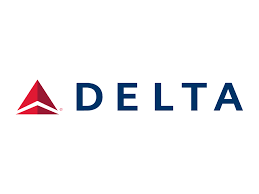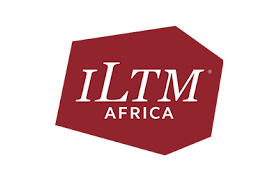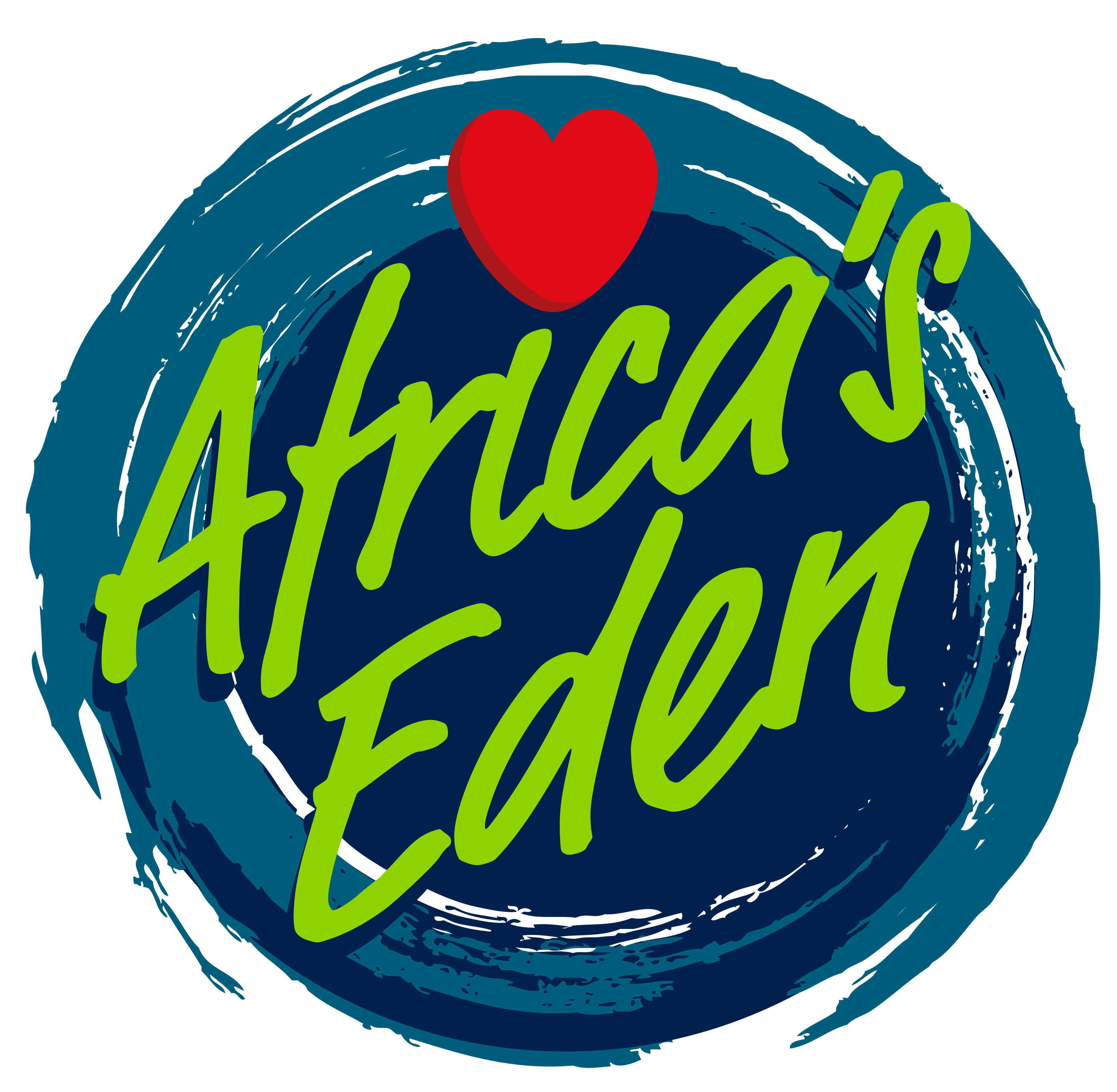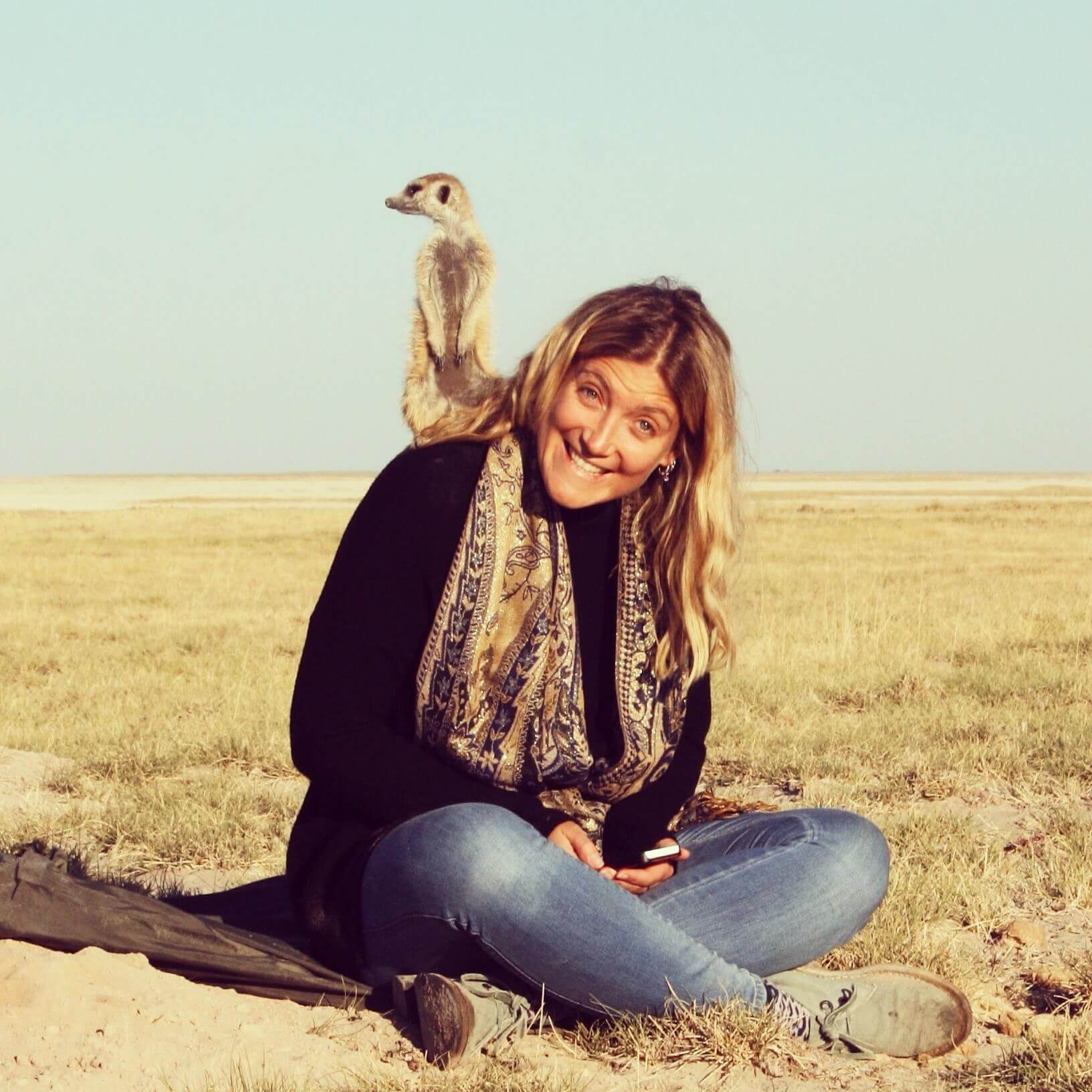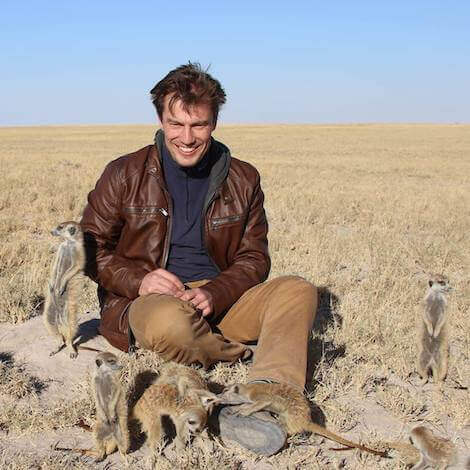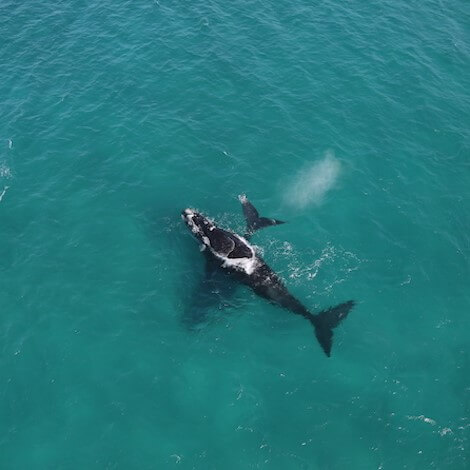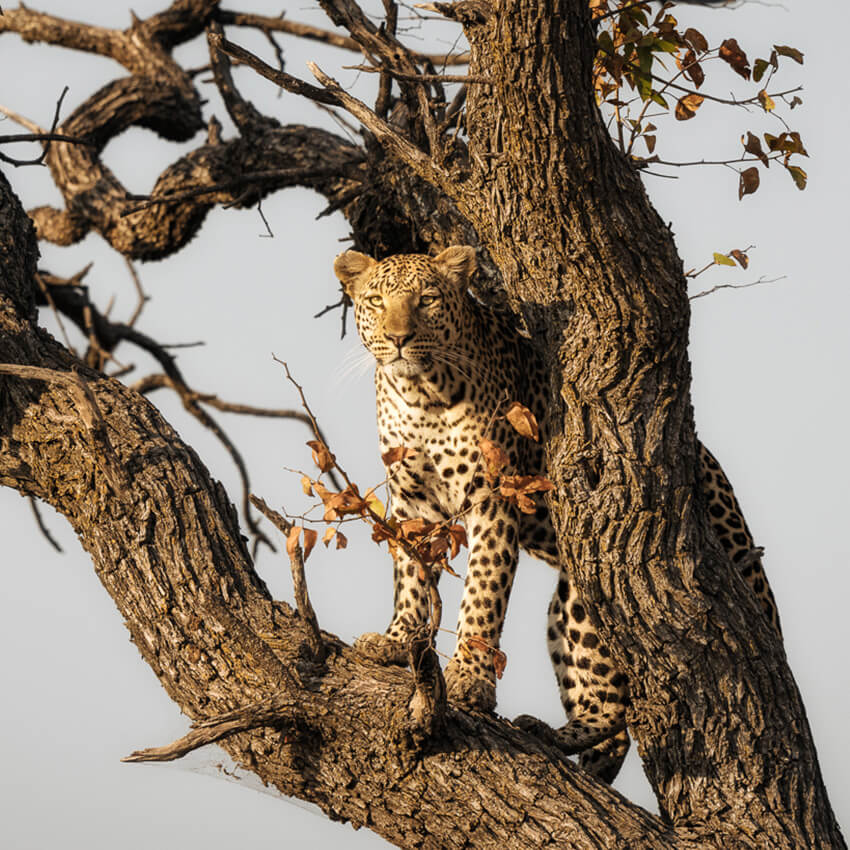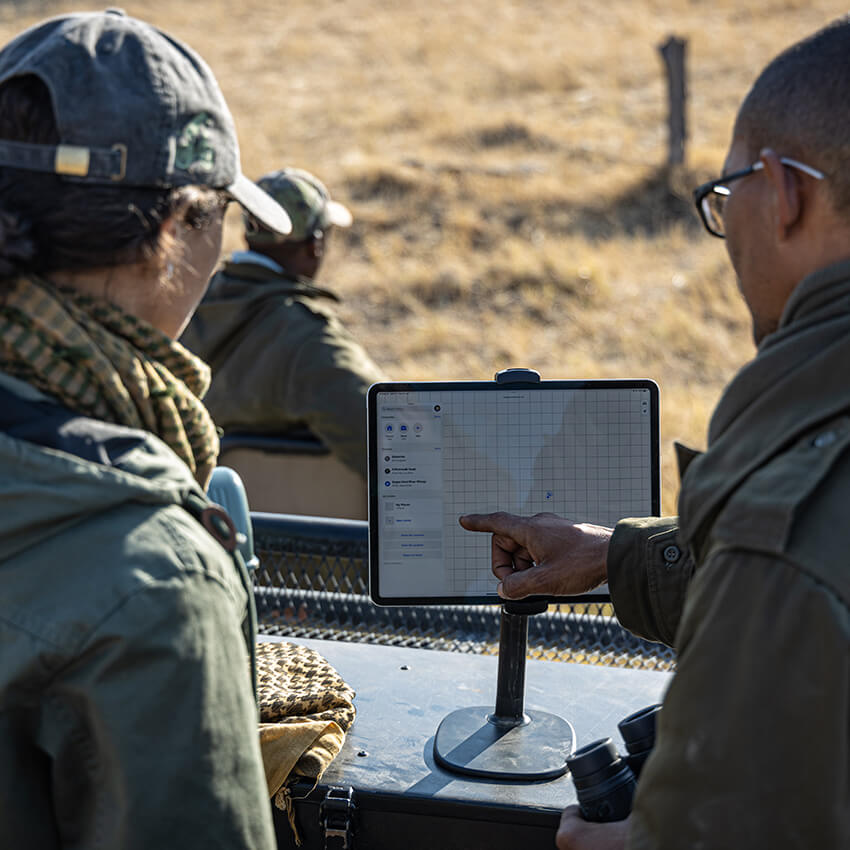Botswana
- A Spot of Romance: Botswana Honeymoon Safari
- A Wellness Safari with Robyn Sheldon
- Botswana Conservation Safari
- Botswana Horse Safari on the Makgadikgadi Salt Pans
- Guided Botswana Cycling Safari
- My First Botswana Safari
- Sama Mobile Camp
- Uncharted Expeditions Botswana Mobile Camping Safari
- Walk of Ancient Wisdom
Communal Herding For Livestock And Wildlife Protection
 Natural Selection
Natural Selection
 April 22, 2019
April 22, 2019
One of the issues that our conservation team faces regularly is that of humans and wildlife living increasingly close to one another, and so we work hard to find ways to make things as harmonious as they can possibly be.
With humans comes livestock, and one of the biggest concerns is their predation by free-roaming animals. Beasts such as lions taking communities’ livestock have severe implications and often results in the lions being killed. The consequences of such retaliatory killings are far-reaching, and other species such as vultures, also suffer. With this in mind, we’ve teamed up with CLAWS (Communities Living Among Wildlife Sustainably) to address the way that animals are herded.
At present only 40% of the cattle in Northern Botswana are kraaled, and less than 10% of cattle herds are protected during the day.
Herding has fallen from favour in the local communities and isn’t seen as a desirable job. CLAWS has partnered with the African Centre for Holistic Management and the Okavango Research Institute (ORI) to host two Herder Training Courses. The courses teach eco-literacy, rangeland restoration from overgrazing, and techniques for reducing lion conflict, whilst emphasizing how important herders are in keeping the environment healthy as well as in traditional culture.
The idea is to return to the traditional way of herding livestock, which saw them accompanied by a herder at all times, making it far harder for wild animals to prey on them. The project consolidates the herds in order to reduce the cost. An additional advantage is that grazing becomes better controlled, thus reducing the damage to grasslands. We hope that the reintroduction of herding will provide employment opportunities and restore pride in this profession, as well of course, as protecting both cattle and wildlife.
Special Offers
Our special offers are designed to help you experience everything southern Africa has to offer whilst also saving some all-important pennies. Whether you’re about to embark on a once-in-a-lifetime solo trip, or are celebrating a special occasion, have a peek at our offers and see what could be in store for you.
